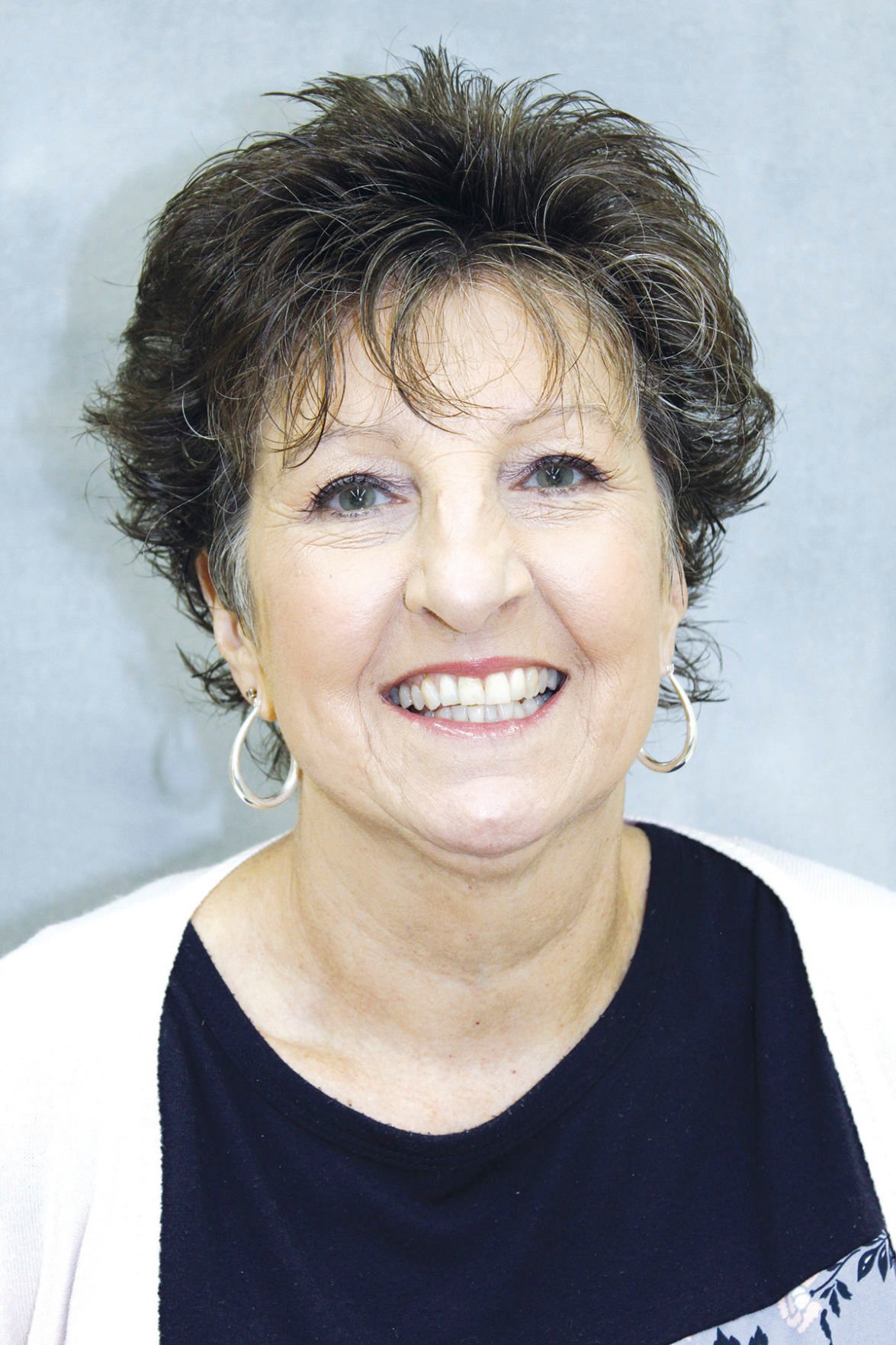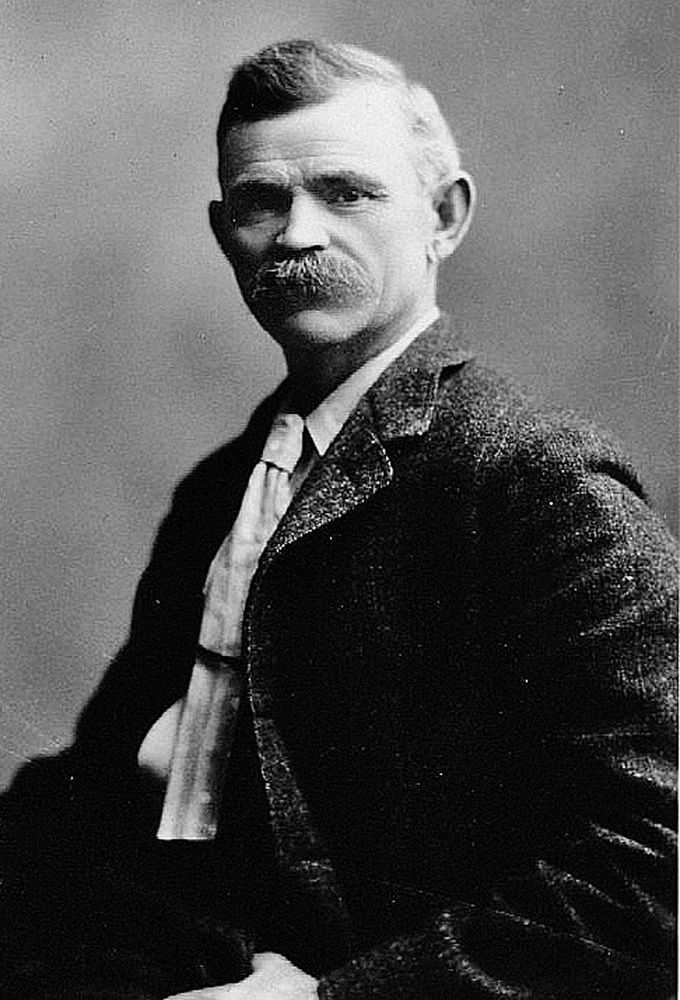
Sending you kisses and hugs for a wonderful day ahead! You are the first person I think of after opening my eyes each day.Only the fortunate ones get the chance to wish their loved one a good morning when they wake up.May you find lots of reasons to smile today! Save me some good morning kisses I'll take them later in person! Good morning! Another day of thinking about you.The beauty of the morning sunshine is nothing compared to your natural glow.As I open my eyes to witness the beautiful sunshine, it feels like the warmth of your love is embracing me.It makes me feel so close to you and so blessed in this life of ours. I love every morning that you are with me.Mornings are beautiful, but they are especially satisfying when I get to wake up beside you and that sweet smile of yours.As long as we're together, our future is bright.The study is expected to map the common types of error found and illustrated the tendency of translation errors found in the data. The data are then compared to each sentence segment and any words or phrases found to have errors are analyzed. A total of 10 bilingual museum labels were randomly selected from 37 photographs.

The data were obtained from TuguPahlawan museum labels in a form of photographs which is later typed into word format. Further, Pym’s translation error categorization is applied to indicate the tendency to binary and non-binary translation error which will reveal the impact of translation to the readers. Twenty-three types of error classification from America Translators Association (ATA) is used as the parameters to map the types of error found and the frequency of the errors in order to reveal the most common errors in the data. Since the translation is from Indonesian into English, the findings of this study will benefit practitioners on museum translation, as well as other translators, in avoiding common errors in translating from Indonesian into English.

This study seeks to investigate the translation errors in the Tugu Pahlawan bilingual museum labels by utilizing Pym’s 1992 translation error categorization. Keywords: acronym, blending, compound, clipping, word-formation process, meaning In blending, the sub-category clipping of blending, the study finds out that when clipping takes place, the non-head element is back-clipped and the head is fore-clipped. The study also finds that back-clipping is the most dominant clipping. Some compounds evolve to new and more specific meaning. The nominal nouns are likely to have metaphorical and idiomatic meanings. Compounding also includes numbers as the element member of the compound. Some acronyms initialized non-lexical words, used non initial letters, and used letters and numbers that pronounced the same with the words they represent. The research shows that well accepted acronyms can become real words by taking lower case and affixation. Despite the formula established in each respective framework, there could be occurrences of novelty and modification on how words are formed and how meaning developed in the newly formed words. This study applies Plag’s (2002) framework of acronym and compound Jamet’s (2009) framework of clipping, and Algeo’s framework (1977) in Hosseinzadeh (2014) for blending. This research aims to explore the word-formation process in English new words found in the internet-based media through acronym, compound, clipping and blending and their meanings. This study focuses on the suffixes are –ian /ʃn/, -ian /ɪən/, and –ean /ɪən/.


Finally, the results of this study offers language phenomena arises because of some reasons which are mainly useful for those conducting communication among waria members smoothly, transgender identity and those who are concerned in investigating slang words used by waria or other varieties as well as suggestions for future research. The study reveals that processes of word formation and technique understanding slang words used by Waria Tulungagung are divided into eleven processes i.e Syllable Vowel and the technique of understanding Waria sentences by removing some suffixes. The instrument-interview &documentation were developed in accordance to get the word formation processes and slang words used by Waria. This study was done through a survey to warias in Ngunut and Tulungagung surroundings, a small district in East Java-Indonesia, in order to get underlying basis of processes of word formation in waria or Bences variety which are influential toward their language style and their behavior. This article describes word formation processes and a technique in understanding Waria Slang Tulungagung.


 0 kommentar(er)
0 kommentar(er)
